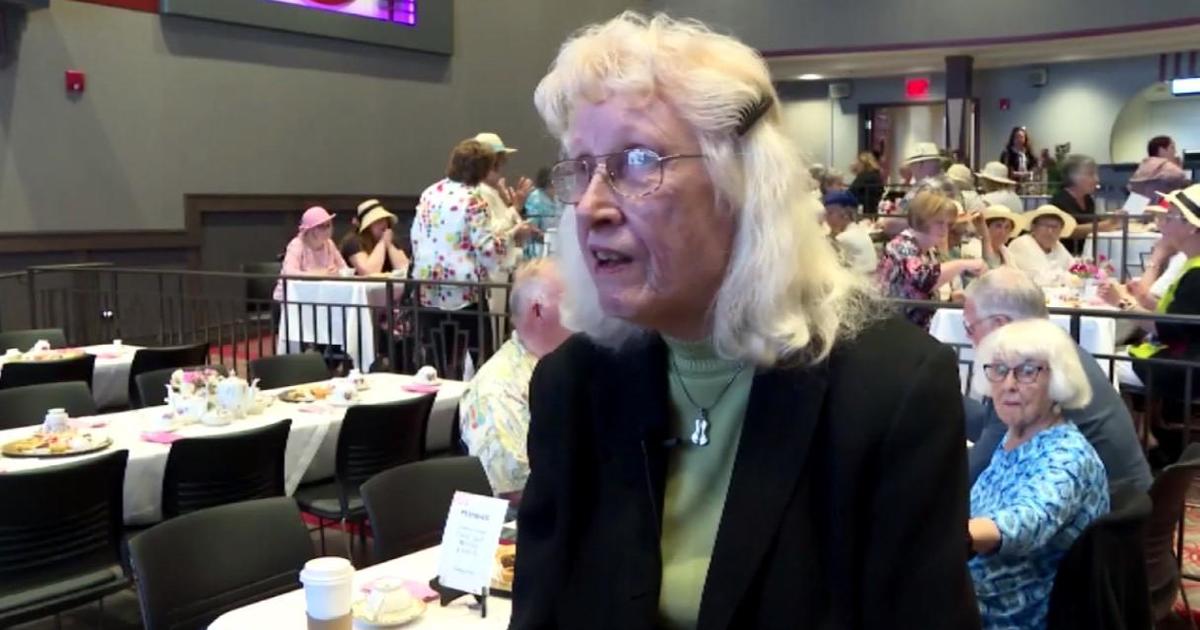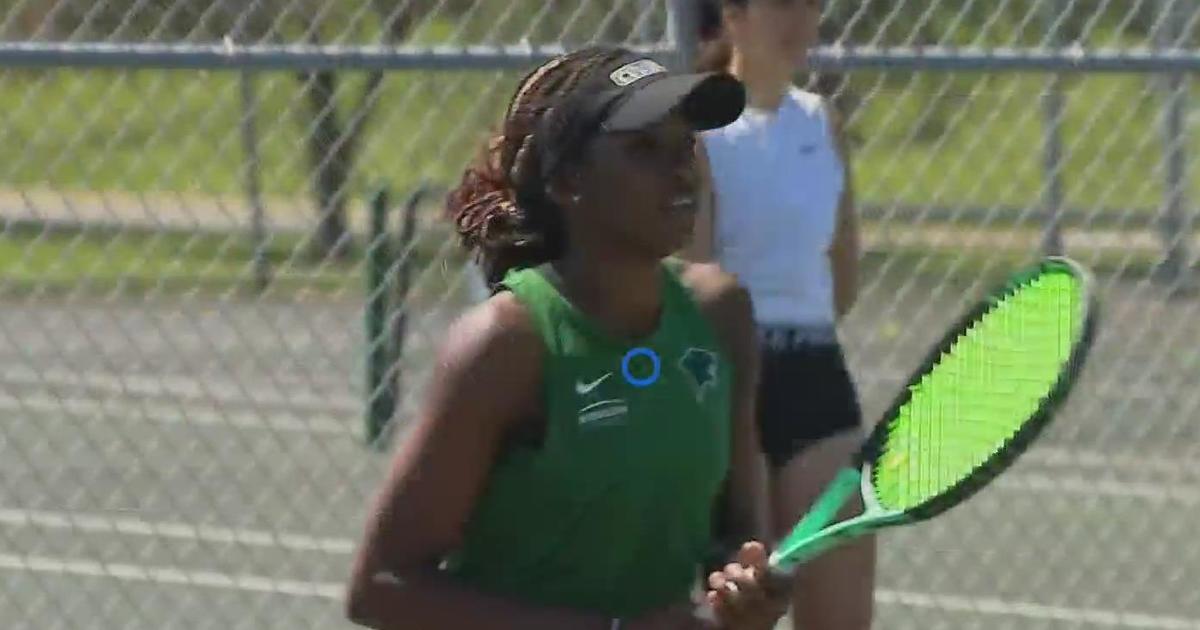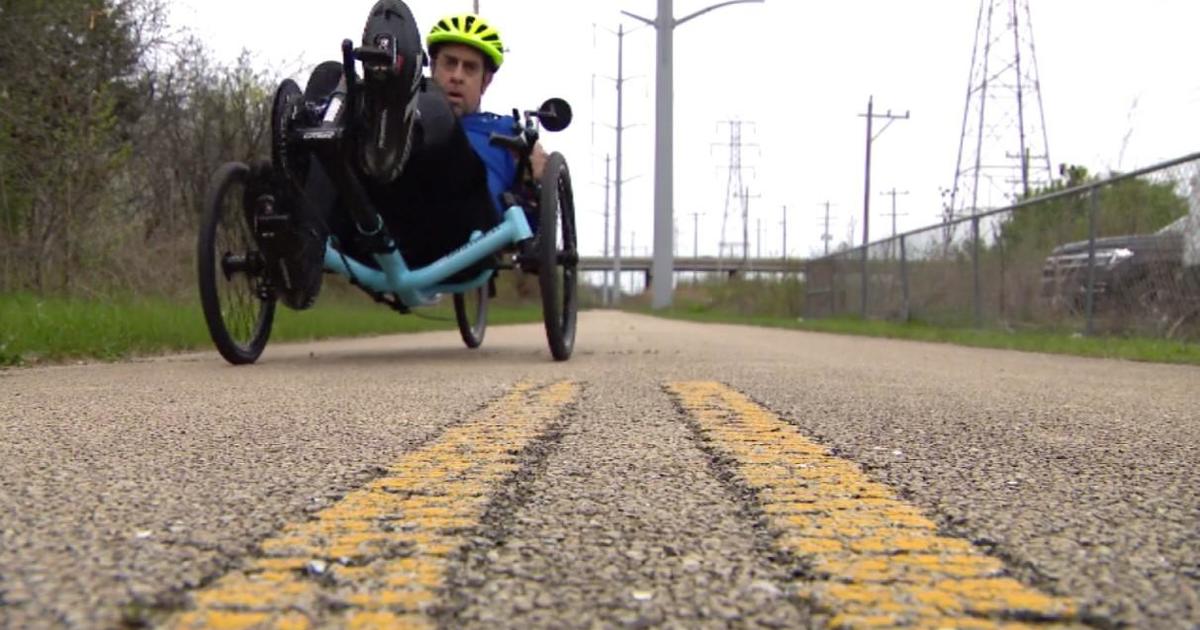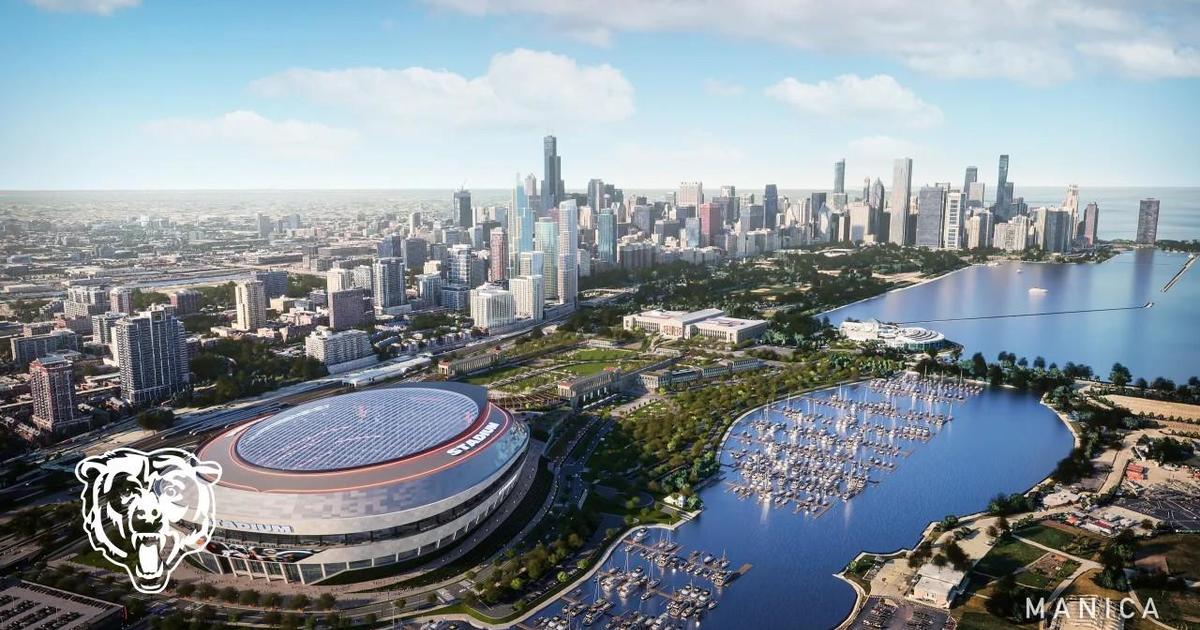Can Virtual Reality Help Sports Fans Experience Game Day In A Post COVID-19 World?
(CBS Local/CBSLA)- "If I really do want to establish a feeling that I'm there, then there needs to be some capacity for me to make a decision to move myself forwards, backwards, around and in doing that, for there to be a response. The responsiveness and that resonance has to be established and maintained in order for it to feel like a live event."- Jessica Brillhart, Director of USC's Institute for Creative Technologies MxR (mixed reality) Lab.
What will sports, and sports fandom, look like in a post COVID-19 world? While states across America and countries around the world continue to re-open, large gatherings remain a non-starter. The sports events and live concerts of old, in which tens or hundreds of thousands of fans all crowded into a stadium, appear a long ways off.
At the moment, that's just fine, with fans eager to see live action, even if it means empty stadiums with just the players on the field. But, at a certain point, the live broadcast of a game with no fans can seem eerie or not quite complete. One needs to only look so far as John Ourand's recent piece for the Sports Business Journal discussing network executives wanting to pipe in crowd noise to their broadcasts.
In searching for that stadium atmosphere experience, is it possible that virtual reality could fill the void?
"There's a lot of broadcasts and clubs that have already experimented with VR already particularly clubs like Manchester City* and Juventus for example," said Dr. Alex Fenton, a lecturer in Digital Business at the University of Salford Business School in the United Kingdom. "City and Juventus created apps within Oculus. And then the broadcasters like Sky (Sports) and Netflix are offering VR experiences. These seem to be a value added to the subscription rather than paying for standalone matches."
In the U.S., the Minnesota Vikings created their own app, "Vikings VR" within the Oculus store a few years ago to give their fans that additional perspective. But, the headsets, while helpful for gaming and some interactive experiences, are likely out of reach for the everyday sports consumer. Prices start at around $200 and go up from there depending on the model. But, they're not the only way to get the experience of a stadium or game in a virtual environment.
Jessica Brillhart, the Director of USC's Institute for Creative Technologies MxR Lab, points to audio AR (augmented reality) as a way to bridge the gap for fans unable to make it to the arena who still want a gameday experience. Prior to joining USC's MxR lab, Brillhart's Vrai Pictures debuted a spatial audio platform called Traverse at South by Southwest in 2019 that allowed users to move around a space in which a mix of the Elvis Presley song "Power of My Love" played from various viewpoints. As a user moved around the space, getting closer to, or further away from, different parts of Presley's band, the volume and sounds they heard emulated what it would be like walking around the studio while the song was recorded.
You can see how that kind of experience would be translatable to sports. Brillhart points out that players could be mic'ed up, in a similar way they are now, but then mapped to the room the fan is in allowing them as they use the app to move towards or away from different players on points of the field. Or, in another case, sports leagues could take the number of people watching their stream and use that data to deliver a soundscape that emulates what it would sound like in a stadium filled with that many people.
"You can know with any sort of live stream, how many people are watching and say 10,000 people are watching a particular game. Knowing that data then increases the level of the crowd by x-amount," said Brillhart. "So you actually hear a realistic interpretation of the data of the amount of people that are there. You're finding new ways of thinking about what an audience is."
Imagine for a minute, you are in your favorite team's home stadium. The sounds that come with that, from the shouting of the program vendor (programs, get your programs here!) to the growing tension in the crowd as a near scoring opportunity unfolds, could all be theoretically programmed within an app to augment the viewing experience. And all that the consumer would need is a phone and a pair of headphones.
In a similar vein, Beyond Sports, a virtual reality company based in the Netherlands, is closing in on debuting an app that would allow fans to design their own viewing experience down to allowing them to insert a virtual avatar of themselves into the virtual world.
"I think what will change after COVID is that there is also a new generation stepping up as in Gen Z's turn is up and they will start spending money on sports. I think the biggest gamechanger will be in that. It's not just that coronavirus happened to them, it's that they just like to consume sports completely different than the generation before them. I think that's what we're tapping into rather than just having a VR experience," said Sander Schouten, CEO and Co-Founder of Beyond Sports. "Basically what we're going to launch soon here in Holland and then spread out over the world is we're going to have virtual worlds where you can interact, engage with in a different way, tailor made for a Gen Z environment. Meaning, if you want to be the star of the show, you just add your own virtual character with your own face into that environment and then you can share it as if you made that final shot to win the game."
Schouten's company is focused on gearing its soon to launch app to the Gen Z experience, but they are also in the virtual reality space from a broadcast perspective. They've worked with Sky Sports and NBC Sports, among others, on presenting new viewpoints and perspectives to the viewers that allow for a greater appreciation of the speed of the action on the field.
Thinking about new ways of engaging the audience is something that Dr. Fenton and his colleague, Professor Andy Miah, Chair in Science Communication and Future Media at the University of Salford, have thought a lot about. For Miah, the current crisis has him wondering if the relationship between fans and their favorite players/sports will change in new ways.
"How do you make sure people feel like they're enjoying themselves, having an experience that is worthwhile? And that they're happy to certainly pay for it clearly, but keep coming back to at least," said Miah. "I suppose we can see a lot of how this works in Formula E racing, it's quite instructive with the idea of fan boosts. If you're a spectator of Formula E racing, you can cheer for the driver you think is the best and the ones that receive the biggest cheer will receive a performance boost inside the car. It's really fascinating to me in this time is how this challenging situation could give rise to a completely different relationship between the athlete and the spectator."
We have seen examples of that already in the various esports tournaments that leagues have been putting on to entertain fans in their absence. The NBA and ESPN held the 2K League with NBA players. In Europe, there was the Quarantine Cup, featuring soccer stars of various clubs playing in a FIFA 20 tournament to determine a champion.
But, part of the experience that still needs to be worked on is the social aspect. As a fan, attending a game can be as much about the tailgate or the pre-game festivities as it is the play on the field. How does VR capture that? It's a tougher nut to crack.
"It's a tricky situation where can you ever truly replicate the exact stadium environment? There is the whole pre-game thing when you're walking to the stadium and, depending on the age, you have a couple of drinks. You go, you have the stadium experience in the stadium and go through all of these motions. Can you actually have the same thing," asked Konstantin Dieterle, head of business development for Beyond Sports. "Or is it something where you don't try to just copy it, or can you give them a story where it is, 'hey this is something additional.' That's something that we're trying to do. It's not just, 'hey here is the substitute, put on the VR headset and it's like it is in the stadium' because, in the end, it's not really going to be the same."
Dr. Fenton agrees, saying that while there is some experimentation with VR experiences, it tends to be more as an additional experience to the normal presentation.
"The technology is not quite here yet but it might be something where you have the next version of Google Glass where you have holograms in an augmented reality experience," said Dr. Fenton. "But I don't think the technology is quite there yet where you would be able to sell season tickets or individual tickets in a VR experience."
Professor Miah agrees, though he points out, like the folks at Beyond Sports, it's worth considering what the next generation of sports fans is going to want from their viewing experience in the process.
"The experience of being in a stadium is a multi-sensorial experience where your attention is able to wander in different directions. I think VR is an alternative experience certainly," said Miah. "I think that one of the things we need to consider is not so much what today's spectator enjoys or sees as their traditional game experience but, the kind of habits that are being developed by younger people who are the next generation of spectators. I think we can see that there is an expectation for their to be a digital offer around sports. Just going and watching isn't enough. People feel they want to share and are involved to some extent."
As with most real world problems, there is no one perfect solution. But, a combination of these technologies can give us an insight into what the future for fans may be.
"I'm of the belief that the highest fidelity visual representation, while great, isn't necessarily what we're trying to get at which is the feeling of the presence of someone else. I think the presence of another person isn't as photorealistic as we think it is, it's more in the energy, the sounds, the way they resonate with you there's a lot of stuff going on," said Brillhart. "There's something there where audio as the general fan's way of getting into things, the box seats as something more high tech. You could also leverage things like web VR or even on your phone incorporate different views. It's going to be a play of a couple different technologies, but they have to be accessible and they have to be low barrier for entry."
(*a previous version of this piece mistakenly identified Manchester United rather than Manchester City here. The issue has been corrected.)



